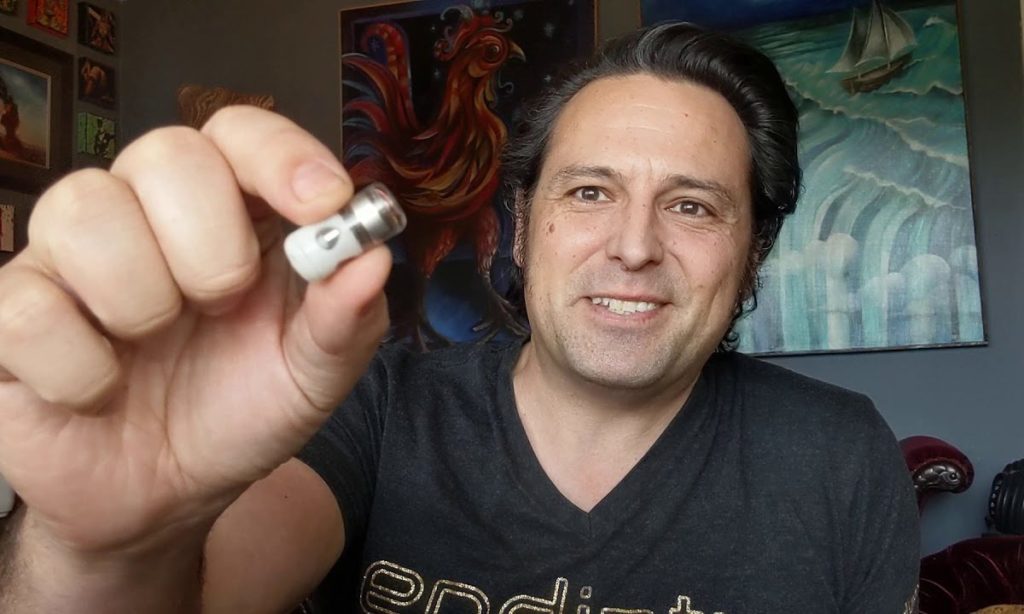How a Robotic Medical Device May Change Endoscopies Forever (The MedTech Download)

Key Takeaways
- Endiatx’s pill-sized robotic medical device is a capsule that performs endoscopies remotely, with little patient discomfort and no anesthesia. It can even be done from the patient’s home.
- To avoid issues surrounding ethics and patient privacy, some researchers are utilizing “synthetic” patient models for real-world medical research data.
- In a significant medical accomplishment, Mount Sinai’s Dr. Eric Genden recently performed the first successful tracheal transplant in New York City.
How One Robotics Medical Device Looks to Revolutionize a Common Medical Procedure

Over the past decade, advancements in surgical tools and procedures have begun to reveal what the future holds for the field of medicine. 3D-printed human organs. Deep brain stimulation to aid with Alzheimer’s and Parkinson’s. Robots that conduct eye surgeries. No matter where you turn, the future is either here or just around the corner.
When it comes to robotics, while many are surgical, there is a tremendous amount of runway for these technologies to make an impact in many areas. For robotic medical device company Endiatx, their small Pillbot not only performs endoscopies, but it does so non-invasively, with minimal discomfort and without the need for anestesia. Patients ingest a pill-sized robotic medical device capsule and doctors control the device’s movements via a remote control. And because it’s remote, the procedure can even be done in the patient’s home. And, to compound the benefits, Pillbot costs about a tenth of the current cost of an endoscopy.
FDA Warns of Patient Deaths Tied to Reusable Urological Endoscopes

When examining which types of devices and materials to use, one of the key characteristics that hospitals evaluate is whether the resource is single-use or reusable. In the case of endoscopes, traditionally these semi-critical devices are reusable. As a result, proper labeling related to cleaning and reprocessing the devices is critical in ensuring patient safety and avoiding adverse outcomes.
Recently it was reported that there had been more than “450 reports of contamination and patient infection linked to reprocessed urological endoscopes” over the past 4 years. And that includes three deaths outside the US. While the FDA investigation is still ongoing, both device design and labeling is being examined. In response, the FDA is recommending that “hospitals transition away from the conventional devices with fixed components and adopt products with disposable parts or that are fully disposable.”
The People in This Medical Research Are Fake. The Innovations Are Real.

As anyone in MedTech knows, medical research is complicated. It is a foundational element of medicine – without it, innovation is impossible. Yet, by its very nature, it involves human beings, which carries immense safety and ethical concerns. And as our world becomes increasingly interconnected, ethical concerns surrounding HIPAA compliance, cybersecurity, and more have added yet another layer that doctors, researchers, entrepreneurs, and executives alike must learn to navigate.
But what if you could have vetted medical research data without involving actual human beings? With the proliferation of digital health records, we suddenly find ourselves with mountains of patient data. But, as an article in the Wall Street Journal points out, “patient information isn’t easy to get because privacy laws require medical data to be stripped of names, addresses and other identifying details before it can be shared, a time-consuming process that can take months.” And sometimes even that is not enough for patient privacy advocates. So, instead, “synthetic” healthcare data technology has emerged, a conglomeration of patient data that is scrambled and reassembled to create artificial patient models.
Woman Gets New Windpipe In Groundbreaking Transplant Surgery

In the world of healthcare and medical technology, there is inspiration everywhere. Even though, at times, progress seems slow, when we take a 10,000 foot view, it’s incredible to see how far we’ve come. Tasks that at one time seemed impossible are no longer, and even after accomplishing amazing feats, innovators barely take a breath before going further, endlessly pushing our society into the future.
In New York City, Dr. Eric Genden, a surgeon at Mount Sinai, completed an operation that at one point seemed unlikely to succeed, no doubt changing the life of the patient and multitudes of other people in the future. The procedure was the first complete surgical transplant of a windpipe, which, while seeming “straightforward at first sight,” is not. The complete NPR story can be found here.
Stay up-to-date on everything that matters to MedTech entrepreneurs and executives. Subscribe below to receive industry insights, MedTech resources, and more delivered directly to your inbox.




